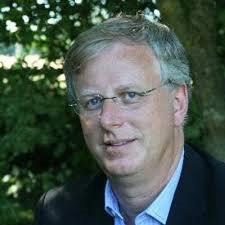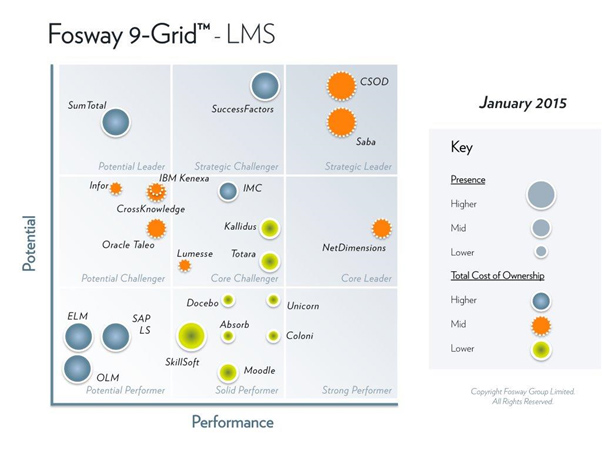As a learning professional, how do you view human resources (HR)? David Wilson has spent 18 years watching how the relationship works and has come to some thought provoking conclusions.

David Wilson
David is CEO of Fosway Group, an industry analyst practice focusing on the HR and learning markets in EMEA. Fosway grew out of Elearnity, David’s original analyst practice, founded in 1996, which concentrated on the emerging eLearning space. He says he has “watched this market rise and evolve, providing insights into the plethora of technology enabled tools we take for granted in learning today.”
Forming an EMEA analyst practice happened in response to the US-centric nature of research in learning. There are many commonalities between the two sides of the Atlantic, but also huge differences. In EMEA, much of this research does not fit well. National diversities in Europe mean organizations have to consider different cultures, multiple languages, legislative disparities, and many other factors. They are multi-national in their DNA, starkly contrasting with the relatively mono-assumptions of US organizations. Many European companies, despite being successful in their L&D initiatives, do not appear in American-driven research. Some European vendors either also don’t figure, or are evaluated against performance in a US-weighted context.
In recent years, another market divide has become apparent. Some time ago, David recognized a real business need for organizations to look at the development of their people not just through a learning lens, but also through a broader talent management perspective. “Once we started looking at talent through the lens of innovation and technology, a clear need emerged for a more effective conversation between learning, talent management, and operational HR.”
Commonly, talent management is owned by HR. Alternatively it is an extension to the learning function. Despite the cross over, the two often talk at cross-purposes. At a recent event, for example, David discovered that no one among an audience of senior HR leaders had heard of 70:20:10! He explains, “HR often views learning as little more than a training transactor. On the other hand, it can seem that the learning fraternity lives in a bubble, divorced from business realities. Despite much talk of aligning learning with business goals, few are actually doing it—most are just junior partners when HR talks strategic development. It is HR who decides the reference models. Learning has to step up to the plate and be more assertive!”
A key tool in David’s market analyses is the Fosway 9-Grid model, an objective methodology for simplifying research findings that focuses on how solutions perform in EMEA (See Figure 1).

Figure 1: A
Fosway 9-Grid
In contrast to the 2x2 “Boston-box” style (Boston Consulting Group matrix) favored by US analysts, just because a solution is in the “top right,” does not always mean it is the best. Uniquely, 9-Grid incorporates other factors including total cost of ownership that enables organizations to select what will work best for them. What might suit a global organization might not work for a smaller company. Something less sophisticated and cheaper may be the right choice for many. As David emphasizes, “It is all about being fit for purpose.”
Significantly 9-Grid is a design familiar to HR, especially in talent management circles. In a 9-Grid talent assessment, every box has value and a set of actions to maximize it. Each “zone” in 9-Grid has associated actions to maximize the value of those solutions—whether from existing suppliers or new options. That’s the link between learning and next-gen HR that David believes will create common thinking and more synergistic outcomes. With its origins in learning analysis, 9-Grid has already broadened its scope into talent management, and will be further extended to the available solutions in the human capital management (HCM) market.
Whether analysis is focused on HR or learning, David’s aim is always to provide advice that is “unusually direct.” When he rebranded Elearnity earlier this year, the clever new name was inspired by the ancient Fosse Way, a characteristically straight Roman Road near David’s offices in Cirencester (and which incidentally passes close to my house some 80 miles further south!). His intention is to be constructively critical and, particularly in relation to learning, more assertive of the direction of travel as well as what really works.
David remains passionate about the need for EMEA-centric market analysis to support strategic decision making within organizations. “The lack of European-focused analysis and insight remains a significant challenge for companies, and we intend to address that.” And while he bridges the gap across the Atlantic, it will be interesting to see how the learning and HR “divide” evolves over the next few years.
The latest 9-Grid reports can be downloaded for free via fosway.com.
You can contact David via david.wilson@fosway.com or @dwil23 on Twitter.


